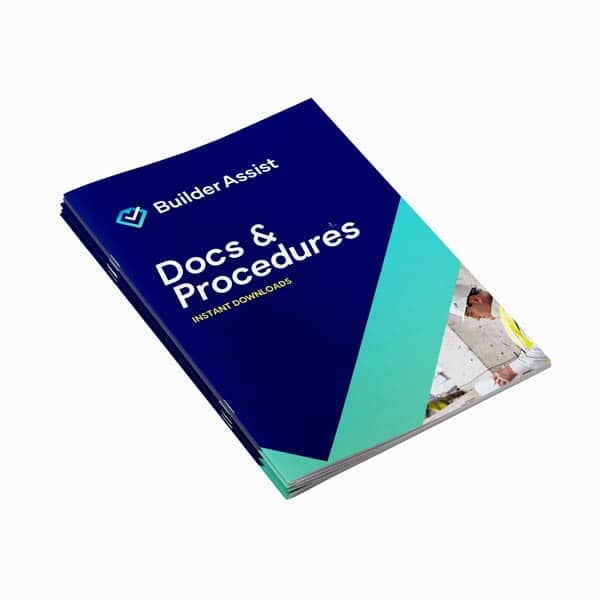
On a construction site or project, the need for appropriate documentation is indisputable. Documents like a Manual Handling Procedure and a Manual Handling Policy are designed to safeguard workers from injury associated with strenuous or repetitive-task projects.
In this article, we'll outline the importance of a manual handling procedure and how to safeguard workers.
One of the most common causes of injury in the construction industry is body stressing. Body stressing covers a range of health problems caused by repetitive and strenuous work, such as sprains and strains, back and neck injuries and tendonitis/tenosynovitis. Read on to find out more about the importance of a manual handling procedure.

Construction businesses and workers must ensure safeguarding documentation such as manual handling procedures are followed on all construction projects.
Manual handling tasks are common in the construction industry. Safe Work Australia describes hazardous manual tasks as those that include:
- repetitive or sustained force
- high or sudden force
- repetitive movement
- sustained or awkward posture
- exposure to vibration.
As such, it’s vital that appropriate manual handling training and education is provided to workers. In addition, construction businesses must ensure safeguarding documentation like manual handling procedures are followed on any construction project.
A person conducting business or undertaking (PCBU) has a duty of care to all workers to keep them safe from risks associated with manual handling. With that in mind, the PCBU must assess the risks associated with each manual task. Then, make a decision on how to move forward safely.
By following your worksite’s Safety Management Plan (SMP), you will reduce the risk of repetitive-task injuries. Your Safety Management Plan will include documents such as:
- Manual Handling policy
- Manual Handling techniques - in other words, how each manual task should be carried out e.g. how to properly lift objects.
- Manual Handling procedure
- Risk Assessment
- Hierarchy of Controls
- Project details
- Job Safety Analysis (JSA) template
- Safe Work Method Statement (SWMS) and more.
For a full list of documentation your site needs take a look at our Safety Management Plans.
Repetitive-task injuries and their impact on the industry
The chance of injury resulting from repetitive or strenuous activity is increased in the construction industry. Unfortunately, the impacts that body stressing and repetitive-task injuries can have on the industry are significant.
Productivity
With workplace injury comes paperwork. As a result of increased administrative tasks and safety paperwork, construction projects see a reduction in productivity. This is from the top level of a project, right through to workers on the ground. Therefore, taking the time to set up procedures and training for all workers saves time and headache down the track!
Workers Compensation
If you’ve been in the construction industry for a while, chances are you’ve heard of the ‘push through’ mentality. The idea of ‘pushing through’ a potential injury without reporting it is dangerous and strongly not advised. Unfortunately, so many workers in the industry are reluctant to report injuries because of the stigma. As such, it’s more important than ever to cross all the t’s and dot the i’s around manual handling. Ultimately, reducing the risk of injury and a workers compensation claim.
Control measures, such as appropriate manual handling training, procedures, risk management and the hierarchy of controls will support your construction business or project to be as safe and prepared as possible.
Safeguarding your workers from repetitive-task injuries and manual handling risks can be avoided by implementing a Safety Management Plan into your workplace. For a Safety Management Plan that’s tailored to your trade, visit Safety Management Plans products page or get in touch with the Builder Assist team today on 1300 278 689.

Safety Management Plans (WHS)
Specifically designed for each trade starting up a business, these Work Health Safety Management Plans or WHS Management Plans, provide support with the management of Work Health & Safety in the workplace. Also referred to as Occupational Health & Safety (OH&S) the material provided in this section will assist with WHS/OHS management and training requirements for the workplace.


